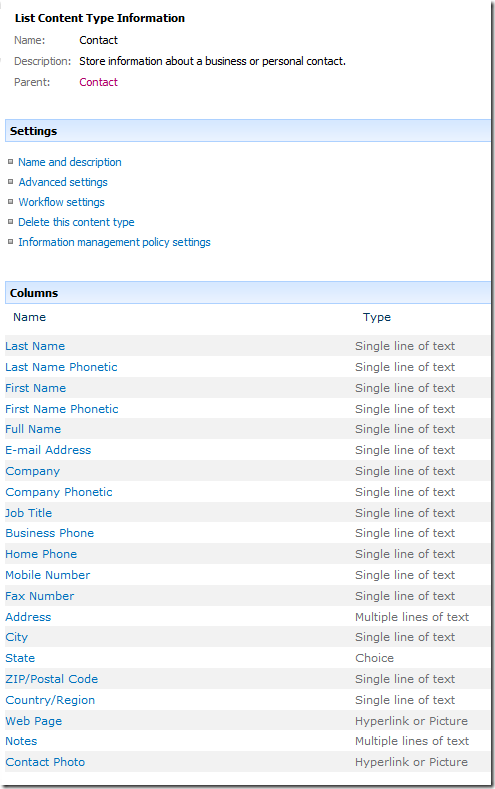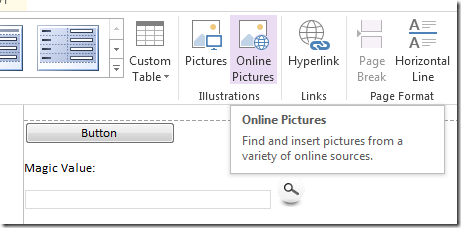SharePoint Saturday Canberra 2012
/I had the pleasure of presenting REST services and AJAX at Canberra again. It was a fun and sunny day that started at 4am in the morning, and packing a sleeping mr4 into the car and drive down. Mr4 and my wife went to see the Cockington Miniature Gardens for the day, leaving me to geek out with fellow crazy SharePoint Saturday-ers.
As promised, there are a number of links:
- The demo solution https://static1.squarespace.com/static/5527bff2e4b0b430660b0d10/5527c30de4b030eeeef09715/5527c30fe4b030eeeef09e8a/1316868647487/SPGSvcWp.zip
- The powerpoint https://static1.squarespace.com/static/5527bff2e4b0b430660b0d10/5527c30de4b030eeeef09715/5527c30fe4b030eeeef09e8b/1344213437847/SharePoint+REST+and+jQuery6.pptx
Some of the comparisons I've made in the talk:
- In SharePoint 2013, Microsoft wants you to use the services to talk to SharePoint, either via the Client Object Model, or via JavaScript and REST. They also provide a whole lot of service endpoints for you to use:
- /_vti_bin/listdata.svc
- /_vti_bin/*.asmx
- /_api/
- In SharePoint 2010, you don't have nearly as many service end points, nor all the capabilities, but you can build custom services (which BTW, will still work in 2013). So if you want to future-proof your solutions it is good to start thinking about implementing services and keeping the Javascript UI tier separate from the underlying services.
- In the SharePoint 2013 Azure Workflow model, you can't deploy workflow actions. But you are given an out of the box action that will let you call web services. So building custom services is still a good way going forward to implement functionality that you can then reuse.
- Re-use everywhere:
- InfoPath
- Workflow Web Request action
- JavaScript AJAX
















